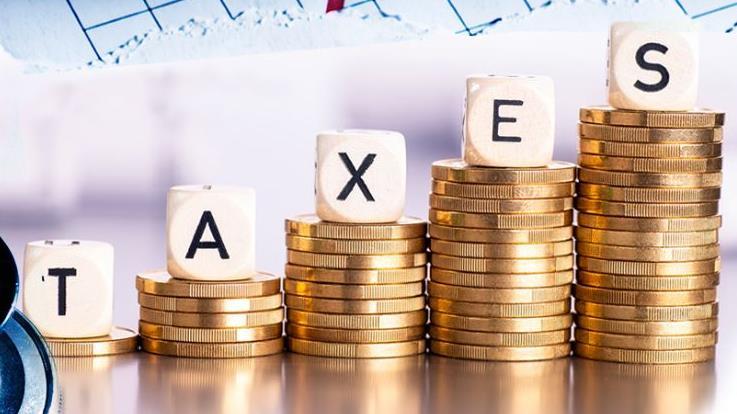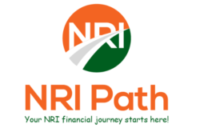
One of the most important principles of investing—whether saving for retirement or generating cash—is minimizing taxes. Many NRIs are confused with Tax buckets. Once this is understood clearly, we can discuss how to save taxes based on various investment vehicles.
Three Tax Buckets
- Taxable (Non-qualified) bucket or Tax Now category
- Tax Later or Tax-deferred category
- Tax-Free or Tax Advantage category
Non-Qualified bucket
The Non-Qualified bucket generally includes any type of investment for which you receive a W2 or 1099 on an annual basis. Investments like CDs, Mutual Funds, Stocks, Rental Income, etc. fall under this category. These funds receive no special tax treatment, and you will typically be taxed on interest and dividends as they are paid, in addition to any gains you make upon sale of investments in this bucket.
Tax-Deferred bucket
The Tax-Deferred bucket includes any retirement accounts you have contributed money to on a tax-deductible or pre-tax basis, such as most IRAs, 401(k)s, 403(b)s, Annuities, and others. These accounts typically allow for tax-deferred growth, which means that you are not taxed on income or gains as they occur, but when you eventually take retirement income the funds you withdraw will be taxed as ordinary income.
Tax Advantage bucket
Finally, the Tax-Free bucket or Tax Advantage category includes accounts to which you contribute after-tax money, such as Roth IRAs, Roth 401(k)s, Municipal Bonds, 529 college saving accounts, Cash Value Life insurance, and others. You do not get any special tax breaks upfront in this bucket. Retirement contributions and growth can be withdrawn income-tax-free for qualified reasons (which is generally once you are at least 59 ½ years old and the account has been established for at least 5 years). 529 Plans are restricted to college fees only. Cash-value life insurance has some advantages of withdrawing/loans without any penalties and taxes.
Each of these different buckets has its own unique characteristics. Some are more suited for certain needs than others, so it is important to plan accordingly. A good strategy to minimize taxes is to hold tax-efficient investments in taxable accounts and less tax-efficient investments in tax-advantaged accounts. That should give your accounts the best opportunity to grow over time.
To completely figure out where you stand in your tax payments and tax brackets, read 2020 Tax Brackets.
